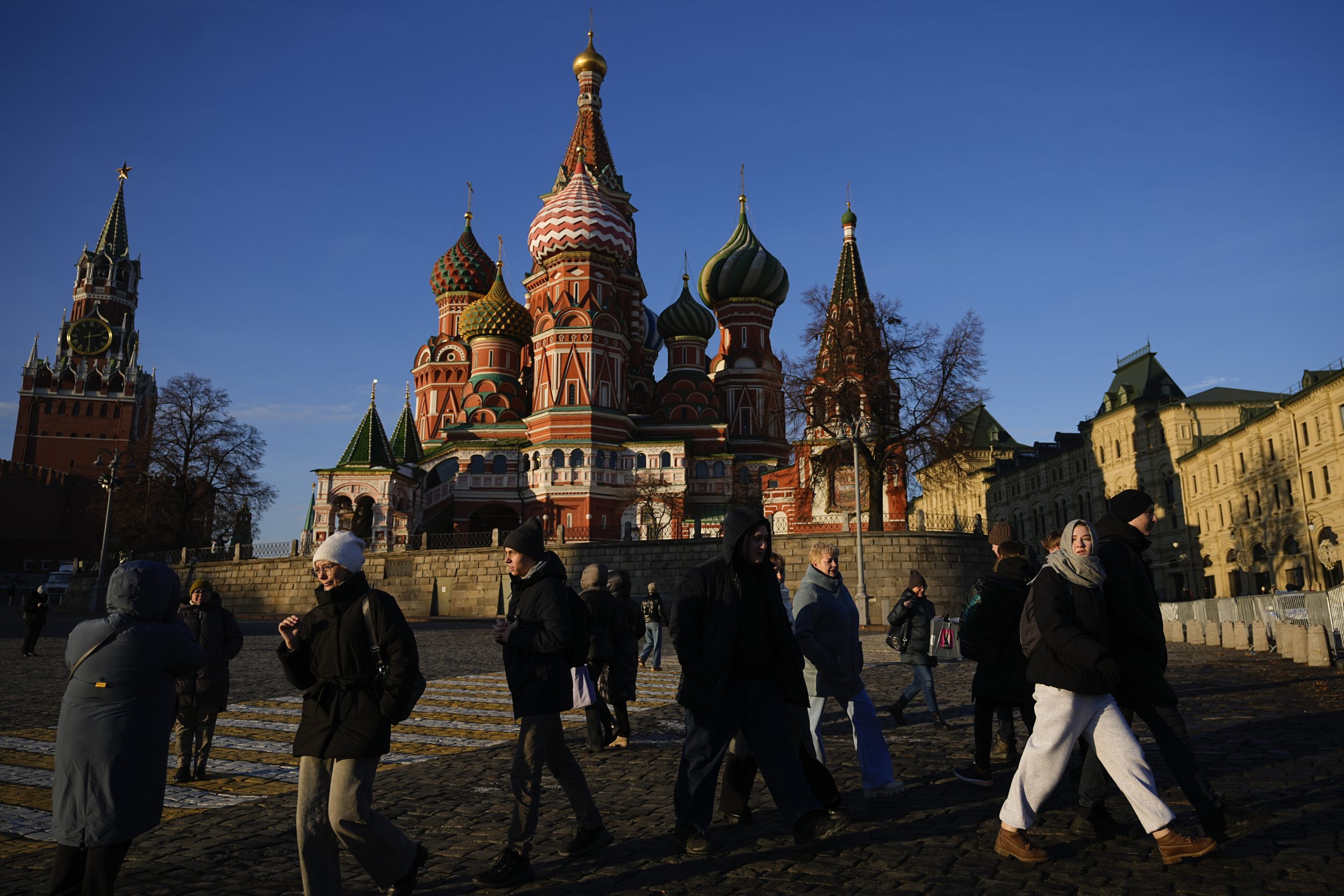ARTICLE AD BOX
HAMAS terrorists have been given orders to KILL hostages if they think IDF forces are coming to the rescue, Israeli officials have claimed.
The alleged barbaric instructions come as four captives snatched on October 7 were saved on Saturday in a daring Israeli rescue mission.
 IDF
IDF IDF
IDF IDF
IDF
But those still trapped in Gaza could now be facing an even more dangerous fate in the hands of the terror group.
Hamas terrorist commanders have allegedly given “standing orders” to hostage takers to “shoot the captives” if they believe IDF forces are on their way, Israeli officials told The New York Times.
Some of the hostages are reportedly being transported by Hamas from apartment to apartment in order to conceal their whereabouts, while others are thought to be underground in tunnels.
If captives were slain on Saturday, as Hamas alleges, it could have been at the hands of militants rather than an Israeli air strike.
But Israeli and American officials are not yet able to confirm or deny the terror group’s claims.
They are also growing concerned about the captives’ health, as they have been subjected to mental and physical abuse throughout their extended incarceration.
“You have hostages who are in a very degraded state, mentally and physically, from almost nine months of captivity, and their rescuers may not be able to even recognize them,” Gen. Richard D. Clarke, a retired head of the U.S. Special Operations Command, told The New York Times.
Israeli lieutenant colonel Avi Kalo added: “Hamas still has dozens of hostages, the vast majority of whom, if not all, will not be released in operations, but can be rescued only as part of a cease-fire deal.”
A “small group of hostages”, the American paper reports, are being held near Hamas leader Yahya Sinwar in Gaza, functioning as human shields and making it more difficult for Israel to attack him.
It is understood that Sinwar hid in tunnels beneath Rafah for a while, but is now “likely back under Khan Younis,” where there is an extensive subterranean network, according to US authorities.
 Rex
Rex Reuters
ReutersRESCUE RAID
On Saturday, Israeli forces launched a large-scale rescue mission, known as the “Arnon” Operation, to rescue four hostages who were being held by Hamas operatives.
The four hostages freed were: Noa Argamani, 26, Almog Meir Jan, 21, Andrey Kozlov, 27, and Shlomi Ziv, 40.
All four had been taken hostage by Hamas on October 7 last year, when the terror group launched a brutal attack on the Nova music festival in Israel.
The hostages were taken to a makeshift helipad in Gaza and then airlifted to Israel.
The Israeli military said its forces came under heavy fire during the complex daytime operation deep in central Gaza.
Gaza’s Health Ministry said today at least 274 Palestinians, including dozens of children, were killed, and hundreds more were wounded, in the Israeli mission.
That figure has not been independently verified and the Ministry did not say how many of those killed or wounded were Hamas terrorists.
According to Israeli and US officials, the operation’s intricacy, as well as the bloodshed that followed it, highlighted the difficulties in locating and removing hostages.
Following Saturday’s rescue operation, Hamas is anticipated to transport more hostages into tunnels, perhaps putting them out of reach of commando forces.
Both American and Israeli officials do not know where many captives are being held, the New York Times reports.
But even when they do, a rescue mission is said to be impossible most of times as Hamas seem to have the upper hand.
Authorities added that rescue missions will be the exception.
Only through diplomatic measures can the majority of the surviving captives be returned home.
American officials are now pressuring Israel and Hamas to reach an agreement that includes the return of captives as part of a truce.
“One must remember that the release of the four hostages is ultimately a tactical achievement that does not change the strategic aspect,” said lieutenant colonel Avi Kalo.
Since the October 7 bloodshed, Israel has only managed to rescue seven of the estimated 251 hostages as many of them died either fighting or at the hands of the Palestinian militants.
An agreement between Israel and Hamas last November led to the release of 105 of them.
UK & US drones to the rescue in Gaza
AMERICAN sources indicated that the US military has been using surveillance drones over the Gaza Strip to help with hostage rescue efforts since the early days following the October 7 attack on Israel.
According to officials, at least six MQ-9 Reapers under the command of Special Operations personnel have been conducting flights to look for indications of life.
American and British drones have access to data that Israel’s drones do not, a senior Israeli official told The New York Times.
According to US military authorities, American surveillance drones are equipped with sensors that are essentially the same as those of British and Israeli drones.
However, because of the sheer quantity of American aircraft, a greater area can be monitored more often and for longer periods of time.
The drones cannot map Hamas’ huge subterranean tunnel network, as Israel can with highly classified ground-based sensors.
But their infrared radar may identify the heat signatures of fighters or other people entering or exiting tunnel entrances on the surface, authorities added.
The United States and Israel originally shared intelligence on hostage-recovery attempts during the Gaza conflict, but the collaboration grew over time, according to three current or former senior US officials.
“They are part of the largest intelligence effort ever conducted in Israel, and probably ever,” Colonel Kalo said of the Americans and the British.
 Reuters
Reuters Reuters
Reuters.png)
 5 months ago
2
5 months ago
2








 English (US)
English (US)